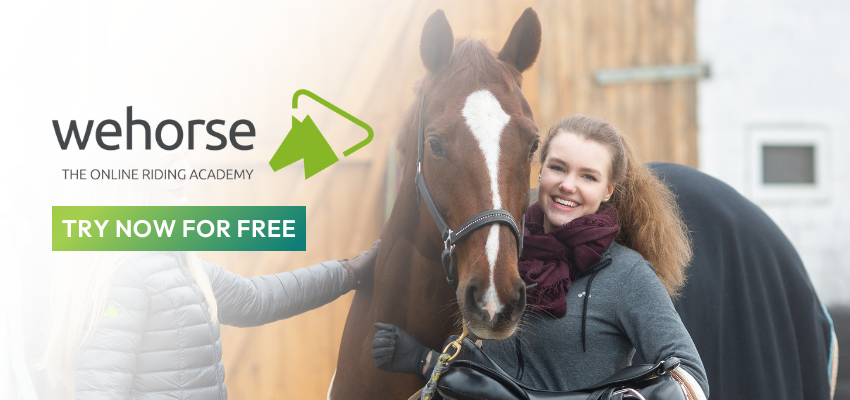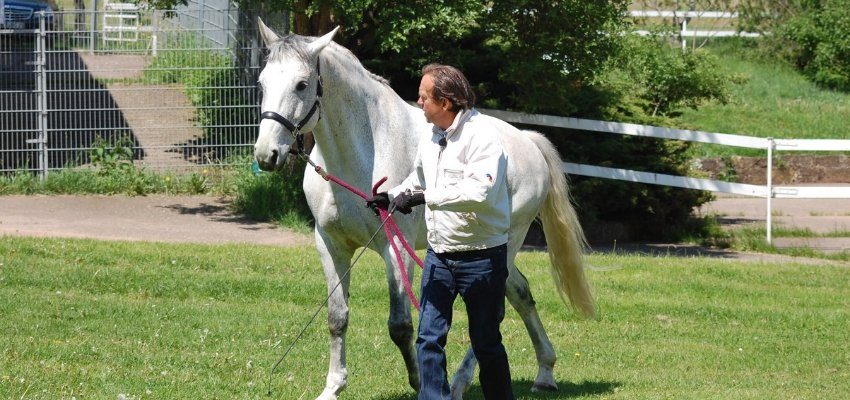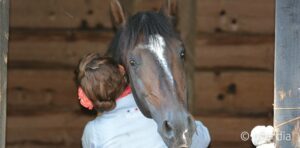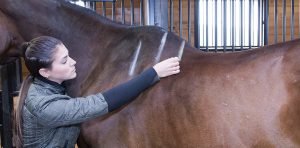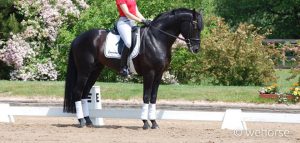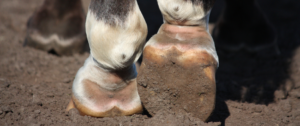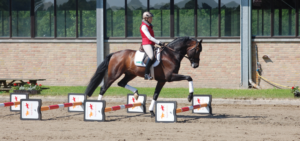Training with your horse on the ground is an important basis for horse and rider. We often tend to take the basics of working with our horses for granted and eventually stop questioning or checking them. But why is it so important to practice groundwork? Very simple: we have to be able to handle our horse well before and after riding. In this article, we explain how you can easily get started with groundwork and which exercises are the right ones for you.
Table of Contents:
Groundwork Types
Before we get started with some groundwork tips, let’s see which type of category you belong to.
Type 1: Groundwork lovers
Do you love groundwork and regularly include the exercises in your training? Have you already noticed that the relationship with your horse has deepened and that some lessons have also helped improve your work under saddle? Great, you are well on your way to a strong relationship and improved communication. Keep it up!
Type 2: Groundwork beginners
You find groundwork exciting, but haven’t started it yet because you don’t really know how and everything seems difficult to you. If you’re type 2, we have a solution for you: just start! Preferably today and preferably with a small plan. Start with the most basic exercises, such as leading correctly. Jenny and Peer will show you what to look out for when getting started. If you want to exercise your horse from the ground, Kathrin Roida will show you how to get started working on the ground and in-hand. Watch your horse, learn to read his body language, and learn from our trainers how you can communicate with your horse in the best possible way. You will see that you make rapid progress and get to know your horse much better.
Type 3: Groundwork skeptics
Do you think groundwork is superfluous, find it too time-consuming, and think it is just a “gimmick”? If you’re type 3, this article is particularly aimed at you. Believe us, thinking outside the box is worth it because working with your horse on the ground, preparing it for certain lessons, or doing gymnastics has a positive effect on your riding. And honestly: Does your horse react to you? Does it stop leading once you stop? Can you send it backward without having to push and push? These are basics that every horse should learn for safety reasons alone. Have a look at some exercises; variety creates more confidence and some lessons could help you suddenly work better in the saddle than before.
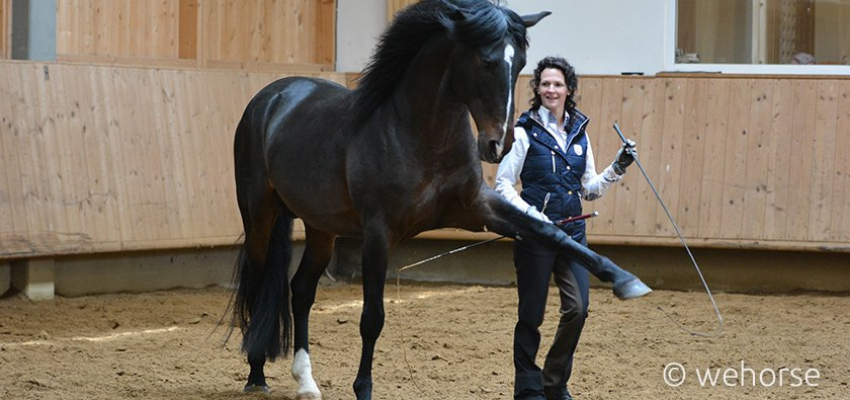
What can groundwork help you with?
Groundwork lets you get to know your horse from a different perspective. You are at eye level, you communicate with each other, and can clarify the ranking (of course with the right exercises and the right body language; never use violence). Best of all, it isn’t as complicated or difficult as you might think. Anyone can learn it! Here we have put together all the content and exercises from various wehorse trainers to show you the way.
Natural horsemanship
Our Natural Horsemanship instructors Jenny Wild and Peer Classen will take you from the very first step through to advanced liberty lessons. Logically structured, you can always watch one video after the other and try out the exercises step by step with your horse. 10 minutes a day is enough. The two begin to introduce you to the groundwork after Natural Horsemanship in more detail.
For young horses
Basic training is the foundation for everything else a horse will do over his lifetime. That’s why it is so important to take time and avoid mistakes as you slowly and carefully familiarize the horse with the training routine. Anja Beran uses work in hand to prepare the young horses for their work under saddle.
Gymnastic in-hand work
The gymnastic in-hand work is a big topic in classical dressage. Kathrin Roida prepares the horse from the ground for complex lessons such as lateral movements. Find more about in-hand work here.
For spooking and safety
Groundwork can also help you train for everyday situations that could cause spooking, such as umbrellas. Warwick McLean will help you to take away your horse’s fear.
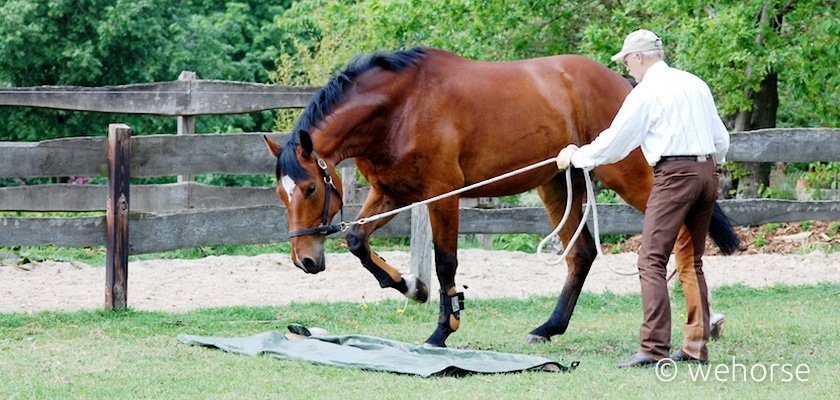
Need inspiration for ground work with your horse? On our website, you’ll find many different exercises and helpful tips from selected trainers.
